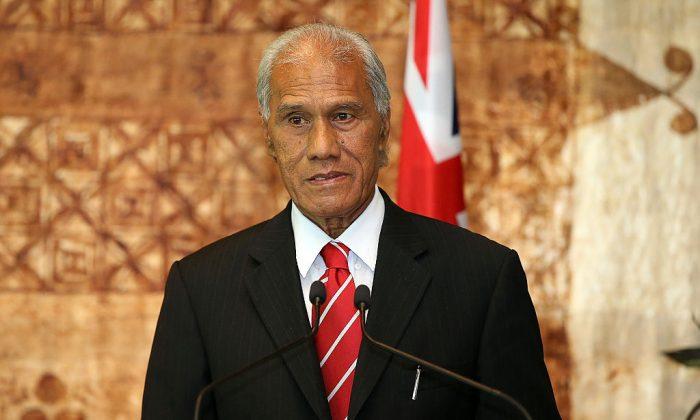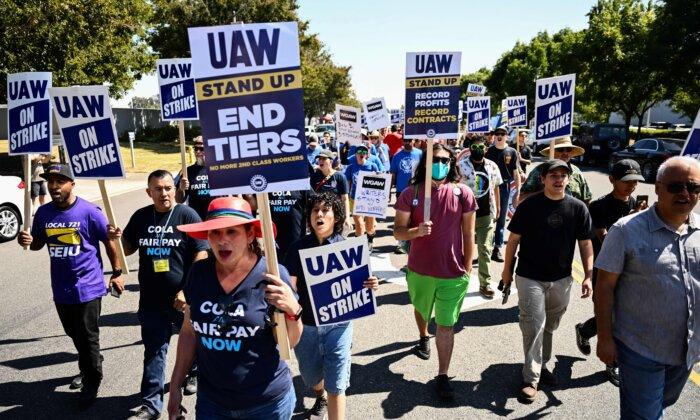Tonga’s Prime Minister wants Pacific leaders to hold a year-long weight loss competition—the goal is not to see who will come out “the biggest loser,” but to promote healthy habits in a region beset by high obesity levels and related health problems.
Explaining his lighthearted suggestion, Prime Minister Samiuela ‘Akilisi Pohiva says that efforts among the leaders to address obesity across the nations have yet not helped, so he hopes a competition will increase their resolve in tackling the issue.
“With Pacific Island leaders, we meet and talk and talk about this issue, yet initiatives on this issue [are] not making an impact, it doesn’t seem to work,” Pohiva told
Samoa Observer, adding that it has been “years” of advocating the same issue.
“I will make a proposal to them for the Pacific Island Forum meeting next week: we should all get together for a weight loss competition; for an entire year,” he added. “So when we meet the following year we will weigh in again and see who has lost the most.”
But Pohiva says the competition would not be about who loses the most, but rather to have leaders appreciate what it would take to lose the weight—“eat light” and “having that healthy mentality.”
“Once the leaders are adapting to that mindset they would be determined to get their people on the same aspect and go from there,” Pohiva said.
Topping the Charts
Latest data from the World Health Organization indicated that in 10 Pacific island countries, at least 1 in 5 children between 5 to 19 years old were obese, Secretary General of Pacific Island Forum, Dame Meg Taylor, told Samoa Observer.Obese children are at higher risk of developing cardiovascular disease and type 2 diabetes at a younger age, leading to a higher chance of disability and premature death, according to the
WHO.“Overweight” is defined as having a body mass index of 25 or more, and “obese” as having a BMI of 30 or more. Diseases related to overweight and obese, especially cardiovascular disease, diabetes, and hypertension—which are under the umbrella of non-communicable diseases, or NCD’s—have been diagnosed in about 40 percent of the Pacific island region, according to the
WHO.“The NCD and child obesity has everything to do with our eating habits and our lifestyle and it is complex issue when it comes to our Pacific people,” Pohiva told Samoa Observer.
According to the CIA World Factbook, in 2016, Pacific island nations made up
all of the top 10 spots in countries with the highest percentages of obese people. Meanwhile, WHO data shows that in at least 10 Pacific island countries, the percentage of the population that is overweight is upward of 50 percent.
High rates of obesity in the Pacific Islands may be due to a number of reasons. One past
WHO report suggests that Pacific islands may be affected by their consumption of imported and processed foods that are full of sugar and fat, that has appeared to replace traditional foods, such as fish, coconuts, and fruits.
There are also those in the Pacific islands who regard having ample food and leading a sedentary lifestyle as a sign of prosperity, reported
NewsAsia.





